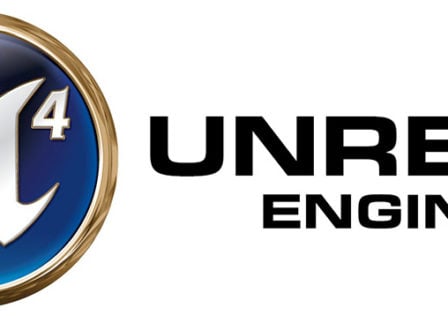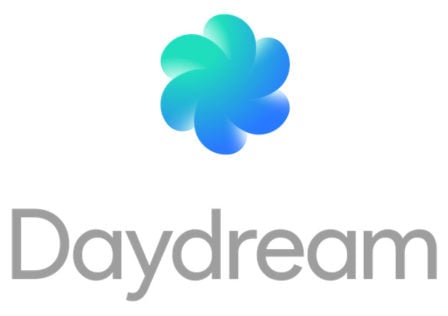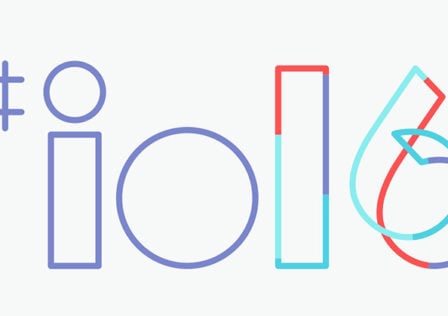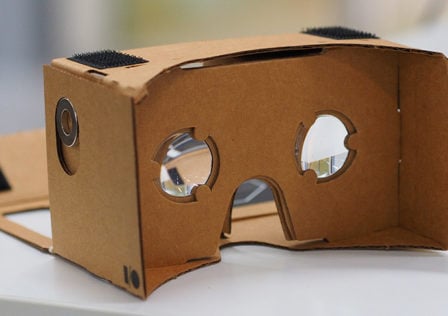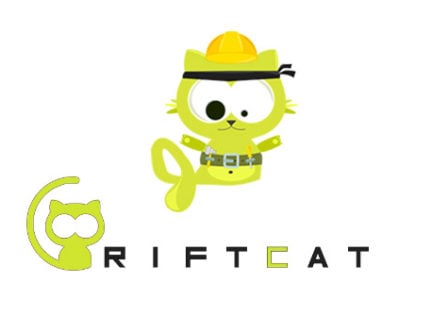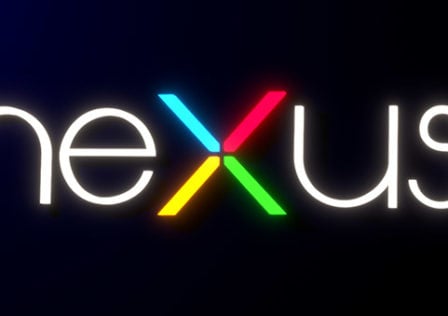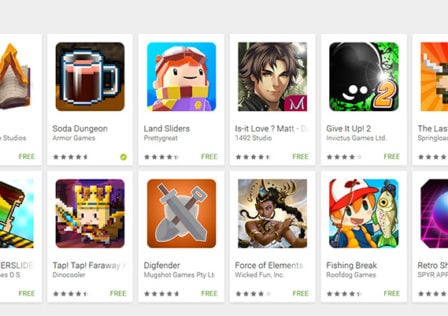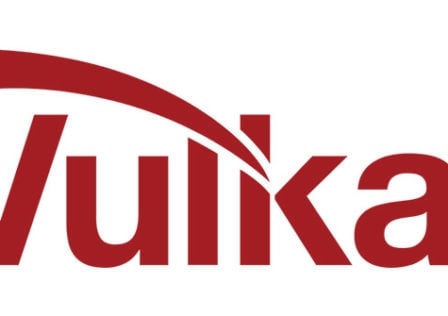Google has finally decided to hold a gaming-centric event and the first one will actually be coming up rather quickly. The event, which will be an indie gaming festival, will be held in San Francisco this Fall and you can be sure that we will be getting our collective asses over there when it begins.
Tag: Google
There is a virtual reality game that will be showcased at the Anime Expo 2016 next week which is called Nagomi’s Earcleaning VR. This game is an ear cleaning simulation game featuring an anime female who, after a long day at work, offers you the ability to enjoy a virtual ear cleaning which will apparently relax you.
Epic has announced today that the newest version of their game development engine, Unreal Engine 4, now officially supports Google’s new Android-powered Virtual Reality platform Daydream. The support comes in the form of an official plugin which is actually now available for developers to grab and use to make Daydream games already.
Over the past couple of months, and especially over the last week, there have been rumors that Google was working on a true Android-powered Virtual Reality platform and a standalone headset. Today, as was suggested to happen, Google announced that platform which will be called Daydream.
Like always Google will be live broadcasting the opening keynote speech for this year’s Google I/O conference. And just like we do each year, we will be sure to have all the live streams from the entire conference available here for viewing for those of you who can’t make it to the actual event. This year’s Google I/O should be pretty interesting, especially with what we already know is going to be making their debut.
In other VR news today, word on the virtual street is that Google may be gearing up to release an Android-powered Virtual Reality headset of their own at next week’s Google I/O 2016. This wouldn’t be a massive surprise or anything if it actually came to pass, since this is the next logical step from Google Cardboard in the world of VR headset evolution. This is especially true with yesterday’s news that there is over a million active Gear VR users.
RiftCat has an application called VRidge for Android which allows users of Android-based VR headsets, such as Google Cardboard, to play PC Virtual Reality games on those non-PC VR headsets. Today’s announcement is a big one, which is an update to VRidge that adds SteamVR and OpenVR support. This essentially means that if you own a Google Cardboard VR headset you can play most, if not all, SteamVR games without needing to pay $799 to own an HTC Vive.
Developers who own a recently released Nexus brand device now have a much easier way to get the next iteration of Android downloaded and made available for testing their future games with. The Android Beta Program has now finally opened its doors to developers, allowing them for an easy way to grab the Android N Developer Preview.
Google likes to add different sections to showcase different types of games and applications on Google Play. This has been anything and everything from free-to-play games, to applications that are tools for a specific purpose, to genre specific categories. Some of these categories stay, while others end up disappearing after a short amount of time.
You may or may not remember back in August of last year when we reported on Google making the official announcement that they would be using Khronos’ Vulkan platform for Android developers to use its low-overhead graphical APIs. In a nutshell this is supposed to improve performance by providing developers more direct access to the GPU itself. Developers can manage memory and multiple threads on their own instead of leaving it up to the driver.




